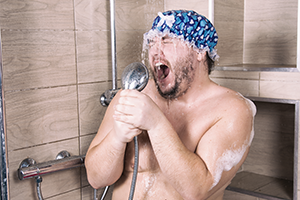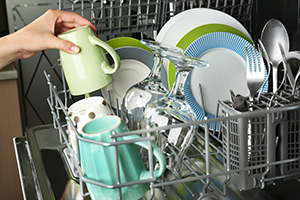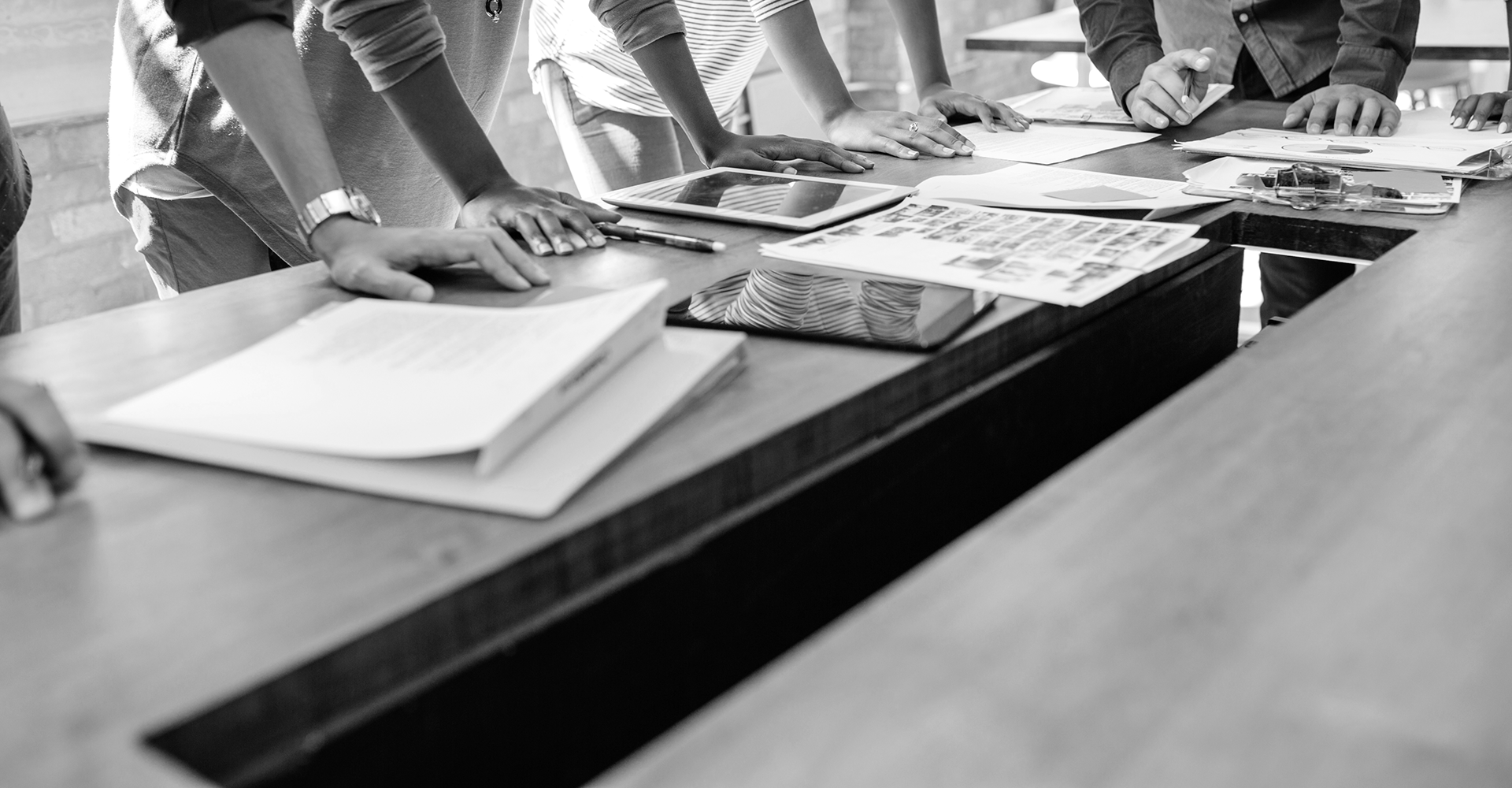There is nothing like a $400 water bill to remind the nation it’s time to start thinking about using water wisely, both inside and outside the home. And while not every household experiences that shocking moment when the first water bill of summer arrives like those of us in dry climates, everyone can agree that access to clean water isn’t something we want to compromise. According to the United States Environmental Protection Agency, the U.S. population has doubled in the last 50 years, while our water use has more than tripled. And despite a call for water conservation efforts nationwide, at least 40 states are anticipating a significant water shortage by 2024. If the water bill doesn’t get you this summer, those statistics might. Regardless of whether you are a homeowner, business owner, a utility trying to help your customers get the most out of water savings this summer, or a contractor, we can all benefit from becoming WaterWise.™
The concept of saving water often sounds tedious and uncomfortable. And I don’t know about you, but summer water conservation brings to mind images of a browning landscape that definitely won’t be getting any A+ ratings from my homeowner’s association. But becoming WaterWise™ and saving water for the next generation doesn’t have to be any of those things. In fact, when done right, you can maintain a beautiful yard, remain comfortable year-round (without engaging in any of those questionable water-saving practices from your youth) and even save some money. It is time for the nation to become WaterWise™. Here’s how:
Water Conservation Education
Remember that old saying, give a man a fish and he will eat for the night, but teach a man how to fish and he will eat for a lifetime? Water conservation education follows the same concept. Water conservation education comes in all shapes and sizes, educating both children and adults on how to save water both today and in the future. Programs teach about indoor water conservation, outdoor water conservation, or can be customized based on location. Not only do water conservation education programs include a behavioral change component, but they also provide homeowners and business owners with water-saving measures. So, savings are both immediate and lasting.
Saving Water in the Bathroom
With the average person using 17.2 gallons of water  during an 8-minute shower, totaling over 6,000 gallons of water every year (per person!), I don’t need to tell you a lot of water can be saved just in the bathroom. Shorten that shower to 5 minutes and see serious savings. Better yet, install a high-efficiency showerhead, and get even more savings.
during an 8-minute shower, totaling over 6,000 gallons of water every year (per person!), I don’t need to tell you a lot of water can be saved just in the bathroom. Shorten that shower to 5 minutes and see serious savings. Better yet, install a high-efficiency showerhead, and get even more savings.
While you are saving water in the shower, it’s also possible to save elsewhere. Upgrade to a low-flow toilet, or install a toilet tank bank or toilet flapper. And all that water running from your faucet? Make sure to turn off the faucet while brushing your teeth, scrubbing your hands, or shaving. Or, you can install a dual-spray faucet aerator that will do the work for you.
The average family wastes 180 gallons of water per week from household leaks. That equals 9,400 gallons of water annually, which is the equivalent of the amount of water needed to wash more than 300 loads of laundry. This is an easy fix. Find the leaks with products like leak detection tablets, and fix them ASAP. And watch the water bill go down.
Household Water Savings
While the jury is still out on what saves more water—using the dishwasher or washing dishes by hand, investing in WaterSense™-labeled appliances is a guarantee. WaterSense™ products are at least 20 percent more water-efficient than standard models, and they perform just as well, if not better. The average family can save 13,000 gallons of water and $130 in water costs each year just by upgrading the dishwasher.

There are additional, inexpensive and easy steps you can take to save water as well. For starters, scrape your dishes into the garbage (not the sink for your garbage disposal to handle) before putting them into the dishwasher. My kids like to argue that our dishwasher is quite efficient at washing all that food off the dishes so that we don’t have to. And it is.
However, it also wastes a lot more water. Secondly, only run the dishwasher when you have a full load. The same goes for the washing machine. If you are really up for some savings, you can go the extra mile by saving the water you use while washing fruits and vegetables, or from boiling water for pasta, and use it to water your plants. Lastly, install a faucet aerator in the kitchen just like you did in the bathroom.
Outdoor Water Savings
Landscaping is generally the largest culprit for that $400 water bill, and often one of the easiest ways to start saving. If you haven’t already, mulch, mulch, mulch. Use compost and mulch to conserve water in your yard and garden. It allows the soil to hold more water and keep it available for your plants. You can also save just by practicing smart lawn watering and following those recommended watering days and times from your water utility. Purchasing a soil moisture meter or rain gauge will ensure you are not overwatering, and a garden hose nozzle helps you save as well. Last but not least, efficient sprinkler nozzles help keep your lawn green while also saving on your water bill.
Beyond products, look into planting native and drought-resistant plants and groundcovers. These plants require less water to thrive and are often easier to care for as well. You can take the idea a step further by practicing water-wise gardening and harvesting rainwater. By using landscaping techniques, you can passively harvest rainwater for your outdoor space, or actively collect and store rainwater.
AM Conservation Group sells a wide variety of water-efficient products and water conservation education programs to help you and your customers become WaterWise™. Looking for more water conservation resources? Download our water conservation checklist, or get in touch with one of our experts.






